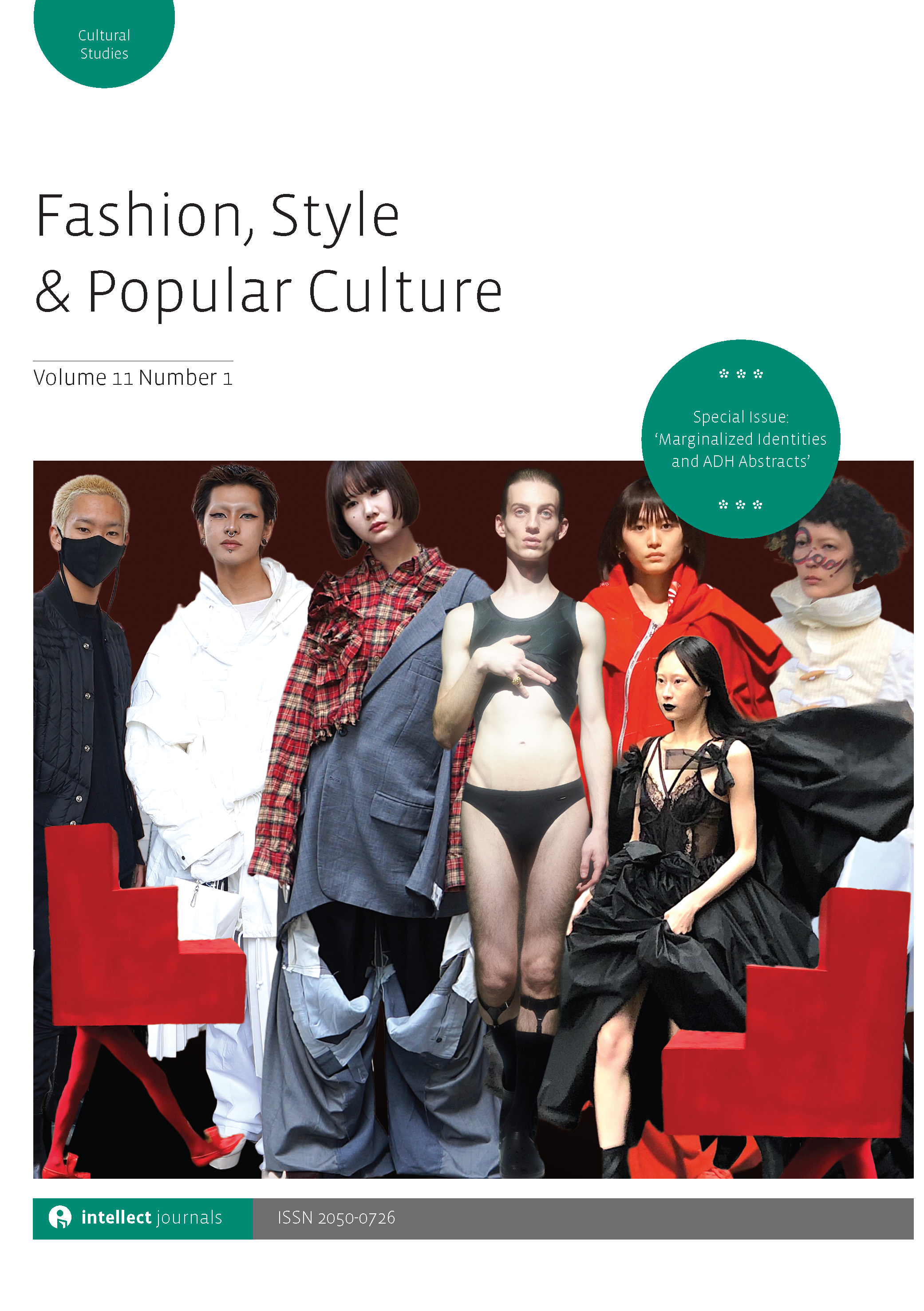
Full text loading...

This article will suggest that the American sportswear style reflects the unique historical and cultural influences on American dress from the birth of the new democratic nation in the eighteenth century to the dominance of New York City’s ready-to-wear industry in the 1950s. Focusing on the key decades of the 1930s and 1940s, this article will explore the marketing campaign of Dorothy Shaver, vice-president of the luxury retailer Lord & Taylor, who in 1932 coined the phrase ‘the American Look’ to promote American fashion designers’ collections. The legacy of sportswear designer Claire McCardell, arguably the best known of the New York-based ready-to-wear designers will be examined. McCardell’s combination of nostalgic American prairie style with the use of everyday workwear fabrics of cotton plaid, denim, wool and jersey created an unpretentious casual American style based on comfort, ease and flexibility, which is reflected today in the contemporary American ready-to-wear market. The article will maintain that the promotion of the American Look via photographic shoots, magazines, advertisements, visual merchandising, exhibition and film influenced the style and taste of dress that the female American body ought to ‘fit into’. This style, it will be argued, encouraged the development of a cultural memory of American dress by establishing a material link between national identity and clothing.